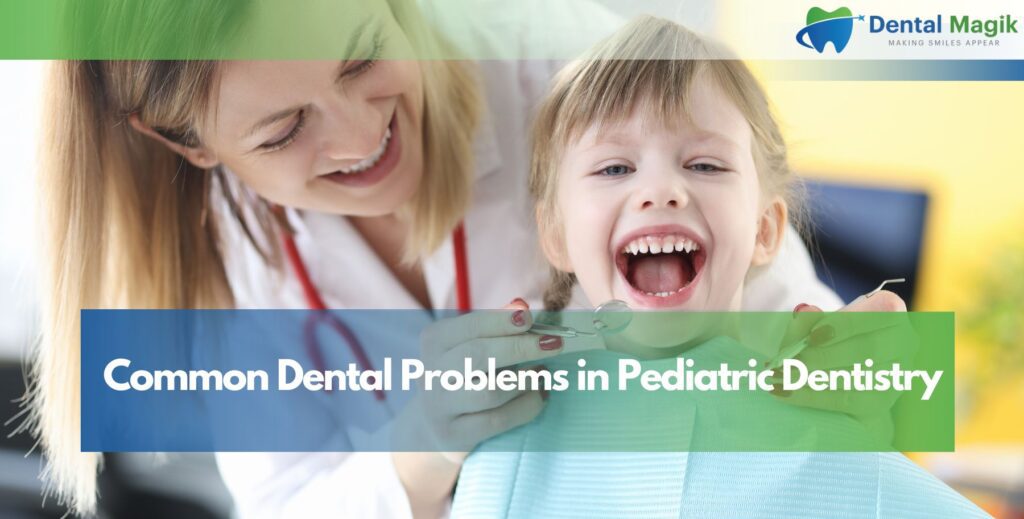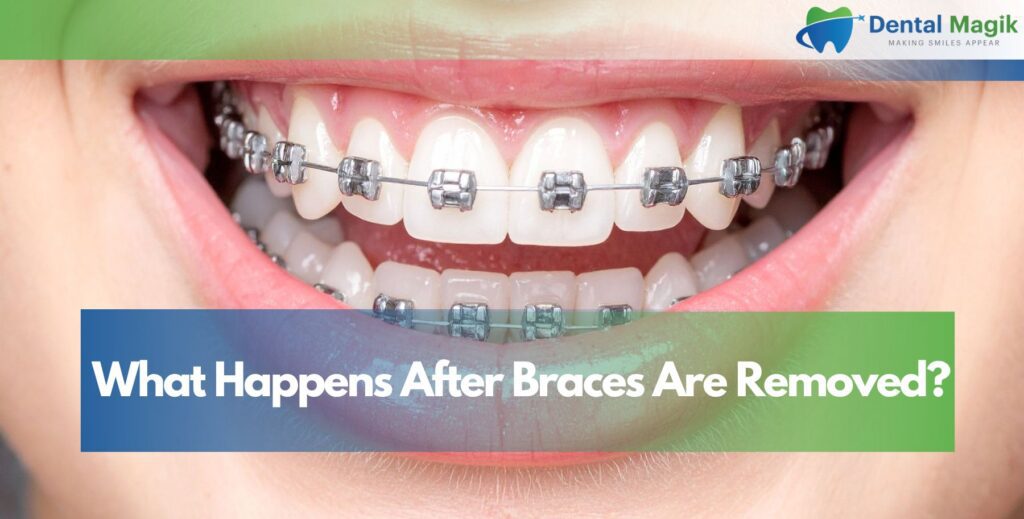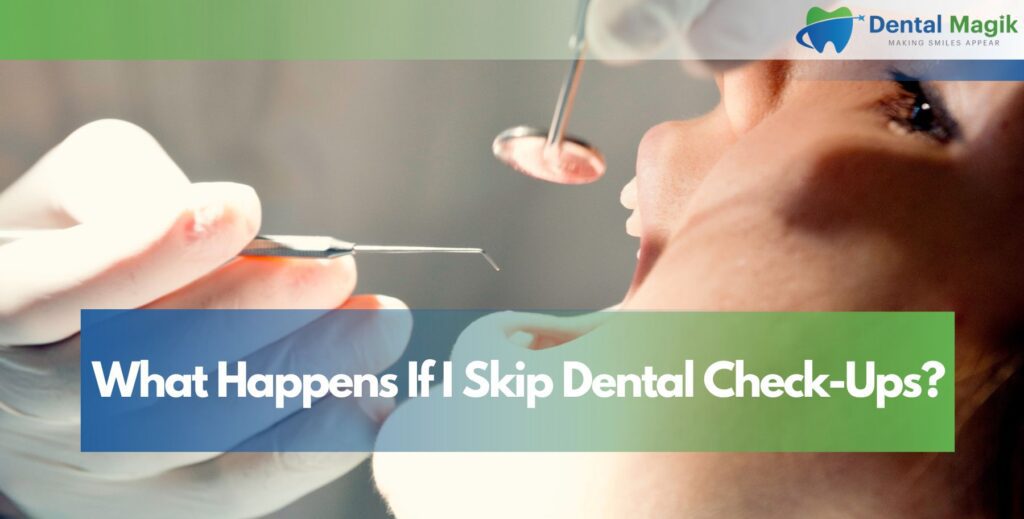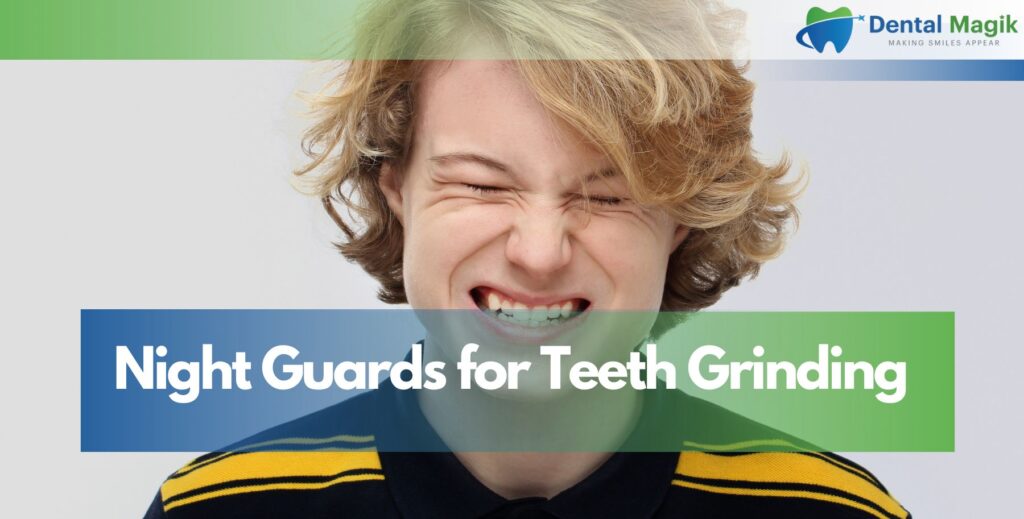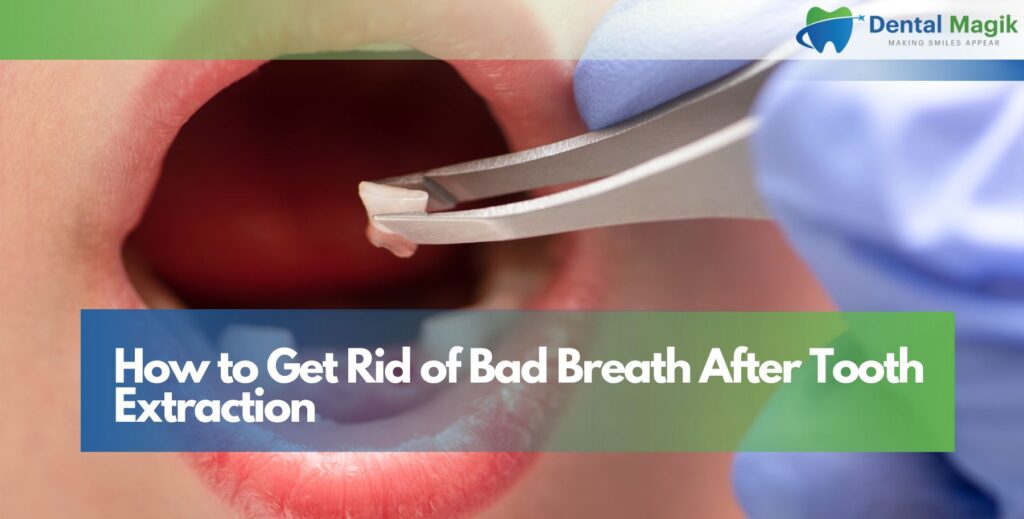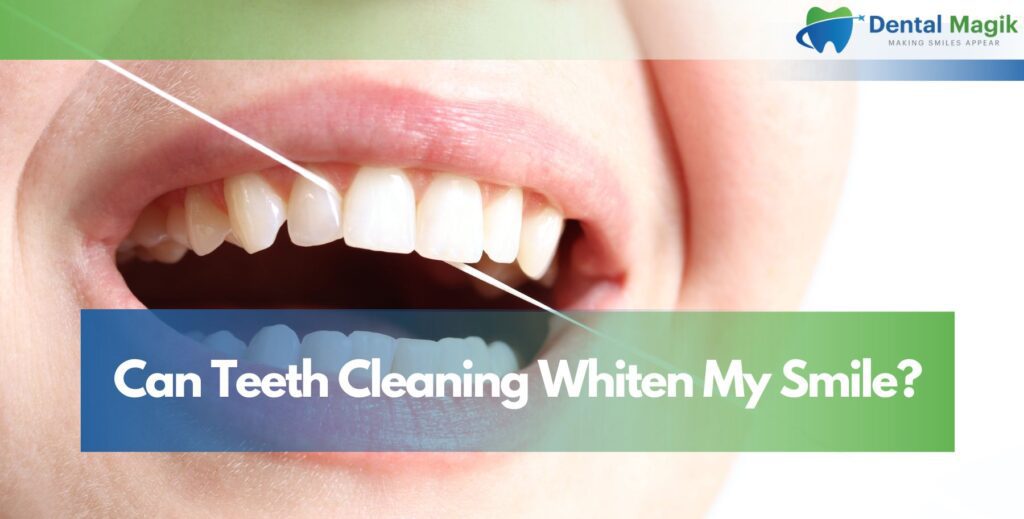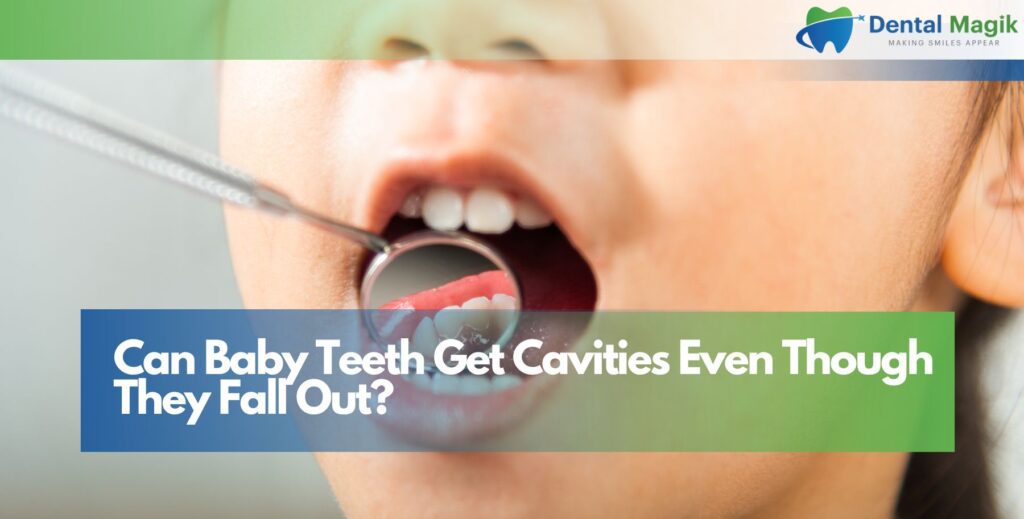Pediatric dentistry focuses on the oral health of children from infancy through adolescence. Ensuring proper dental care during these formative years is crucial for establishing lifelong healthy habits. However, children are prone to various dental problems that require timely attention from a qualified pediatric dentist. This comprehensive article explores the most common dental issues in pediatric dentistry, their causes, symptoms, treatments, and preventive measures to help parents keep their children’s smiles bright and healthy.
Tooth Decay in Children
Tooth decay, also known as dental caries or cavities, is one of the most prevalent dental problems in children. According to the Centers for Disease Control and Prevention (CDC), over 50% of children aged 6–12 have experienced cavities. This condition occurs when bacteria in the mouth produce acids that erode the tooth enamel, leading to holes or structural damage.
Causes of Tooth Decay
- Poor oral hygiene: Inadequate brushing and flossing allow plaque to build up.
- Sugary diets: Frequent consumption of candies, sodas, and juices feeds harmful bacteria.
- Bottle feeding at bedtime: Prolonged exposure to milk or formula can lead to baby bottle tooth decay.
- Lack of fluoride: Insufficient fluoride weakens enamel, making it more susceptible to decay.
Symptoms
- White spots or dark areas on teeth
- Sensitivity to hot, cold, or sweet foods
- Toothaches or discomfort
Treatment
A pediatric dentist may recommend:
- Dental fillings to restore damaged teeth
- Fluoride treatments to strengthen enamel
- Crowns for severely decayed teeth
- In extreme cases, tooth extraction may be necessary.
Prevention
- Encourage twice-daily brushing with fluoride toothpaste.
- Limit sugary snacks and drinks.
- Schedule regular dental checkups every six months.
- Apply dental sealants to protect molars from decay.
Early Childhood Caries (ECC)
Early childhood caries (ECC) is a severe form of tooth decay that affects young children, often under the age of 6. ECC is commonly linked to baby bottle tooth decay, where prolonged exposure to sugary liquids damages the front teeth.
Causes
- Frequent bottle or sippy cup use with milk, juice, or formula
- Sleeping with a bottle, allowing sugars to pool in the mouth
- Inadequate oral hygiene practices
Symptoms
- Brown or black spots on teeth
- Swollen or bleeding gums
- Pain or difficulty chewing
Treatment
- Fluoride varnish to halt early decay
- Restorative procedures like fillings or crowns
- Parental education on proper feeding and hygiene practices
Prevention
- Avoid putting children to bed with a bottle.
- Transition to a cup by age 1.
- Clean gums with a soft cloth before teeth erupt.
- Begin brushing as soon as the first tooth appears.
Dental Trauma in Children
Dental trauma is common in active children, especially those involved in sports or outdoor activities. Falls, collisions, or accidents can lead to chipped teeth, knocked-out teeth, or fractured teeth.
Causes
- Sports injuries without mouthguards
- Falls during playtime
- Biting hard objects like ice or toys
Symptoms
- Visible cracks or chips
- Bleeding or swelling around the affected area
- Severe pain or sensitivity
Treatment
- For chipped teeth, a pediatric dentist may smooth the edges or apply bonding.
- Knocked-out teeth require immediate action—place the tooth in milk or saline and visit a dentist within 30 minutes.
- Fractured teeth may need root canal treatment or extraction.
Prevention
- Use custom-fitted mouthguards during sports.
- Supervise young children during play.
- Avoid chewing hard objects.
Malocclusion and Misaligned Teeth
Malocclusion, or misaligned teeth, refers to improper alignment of the teeth or jaws, leading to issues like overbite, underbite, or crowded teeth. This condition can affect a child’s appearance, speech, and ability to chew.
Causes
- Genetic factors
- Prolonged thumb-sucking or pacifier use
- Early loss of baby teeth
- Abnormal jaw growth
Symptoms
- Crooked or overlapping teeth
- Difficulty biting or chewing
- Speech problems
Treatment
- Orthodontic evaluation by age 7 to assess the need for braces or Invisalign.
- Space maintainers to guide permanent teeth into place.
- In severe cases, jaw surgery may be required.
Prevention
- Discourage thumb-sucking after age 3.
- Address prolonged pacifier use.
- Ensure timely dental visits to monitor tooth development.
Gingivitis and Gum Disease
Gingivitis, the early stage of gum disease, is surprisingly common in children. It occurs when plaque builds up along the gumline, causing inflammation.
Causes
- Poor oral hygiene
- Hormonal changes during puberty
- Certain medical conditions like diabetes
Symptoms
- Red, swollen, or bleeding gums
- Bad breath
- Receding gums
Treatment
- Professional dental cleaning to remove plaque and tartar
- Improved oral hygiene practices at home
- In severe cases, antimicrobial rinses may be prescribed.
Prevention
- Teach proper brushing and flossing techniques.
- Schedule regular dental cleanings.
- Encourage a balanced diet low in sugary foods.
Tooth Eruption Issues
Tooth eruption issues occur when baby teeth or permanent teeth fail to emerge properly. This can include delayed eruption, impacted teeth, or extra teeth.
Causes
- Genetic predisposition
- Insufficient space in the jaw
- Early loss of primary teeth
Symptoms
- Missing teeth beyond expected timelines
- Pain or swelling in the gums
- Misaligned teeth
Treatment
- Dental X-rays to assess tooth position
- Orthodontic appliances to create space
- Surgical extraction for impacted or extra teeth
Prevention
- Regular dental checkups to monitor eruption patterns
- Early intervention for crowding issues
Dental Anxiety in Children
Dental anxiety is not a physical dental problem but a significant barrier to proper oral care. Many children fear dental visits, which can lead to delayed treatments and worsening conditions.
Causes
- Fear of the unknown
- Previous negative experiences
- Parental anxiety about dentistry
Symptoms
- Refusal to visit the dentist
- Crying or tantrums during appointments
- Physical symptoms like sweating or trembling
Management
- Choose a pediatric dentist trained in child-friendly techniques.
- Use positive reinforcement and explain procedures in simple terms.
- Consider sedation dentistry for severe cases.
Prevention
- Start dental visits early, around age 1.
- Create a positive narrative about dentistry at home.
- Schedule appointments during calm times of the day.
Enamel Hypoplasia
Enamel hypoplasia is a developmental condition where the tooth enamel is thin or defective, increasing the risk of cavities and sensitivity.
Causes
- Nutritional deficiencies during pregnancy or early childhood
- High fevers or illnesses during tooth development
- Certain medications
Symptoms
- Pitted or discolored teeth
- Increased sensitivity
- Higher susceptibility to tooth decay
Treatment
- Dental sealants or bonding to protect teeth
- Fluoride treatments to strengthen enamel
- Crowns for severely affected teeth
Prevention
- Ensure proper nutrition during pregnancy and childhood.
- Manage fevers and illnesses promptly.
- Regular dental checkups to monitor enamel health.
Conclusion
Maintaining your child’s oral health requires vigilance and proactive care. By addressing common dental problems like tooth decay, malocclusion, and gingivitis early, you can prevent long-term complications and foster a positive attitude toward dental care. Partnering with a trusted Dentist in East Brunswick, NJ, ensures your child receives expert care tailored to their unique needs. Schedule regular dental visits and encourage healthy habits to keep your child’s smile shining bright.
FAQs
What are the most common dental problems in children?
The most common dental problems include tooth decay, early childhood caries, dental trauma, malocclusion, gingivitis, tooth eruption issues, dental anxiety, and enamel hypoplasia.
At what age should my child first visit a dentist?
The American Academy of Pediatric Dentistry recommends a first dental visit by age 1 or when the first tooth erupts.
How can I prevent cavities in my child’s teeth?
Prevent cavities by encouraging twice-daily brushing with fluoride toothpaste, limiting sugary foods, applying dental sealants, and scheduling regular dental checkups.
What should I do if my child knocks out a tooth?
Place the knocked-out tooth in milk or saline and visit a pediatric dentist immediately, ideally within 30 minutes, for the best chance of reimplantation.
How can I help my child overcome dental anxiety?
Choose a pediatric dentist experienced with children, explain procedures positively, and start dental visits early to build familiarity and comfort.

